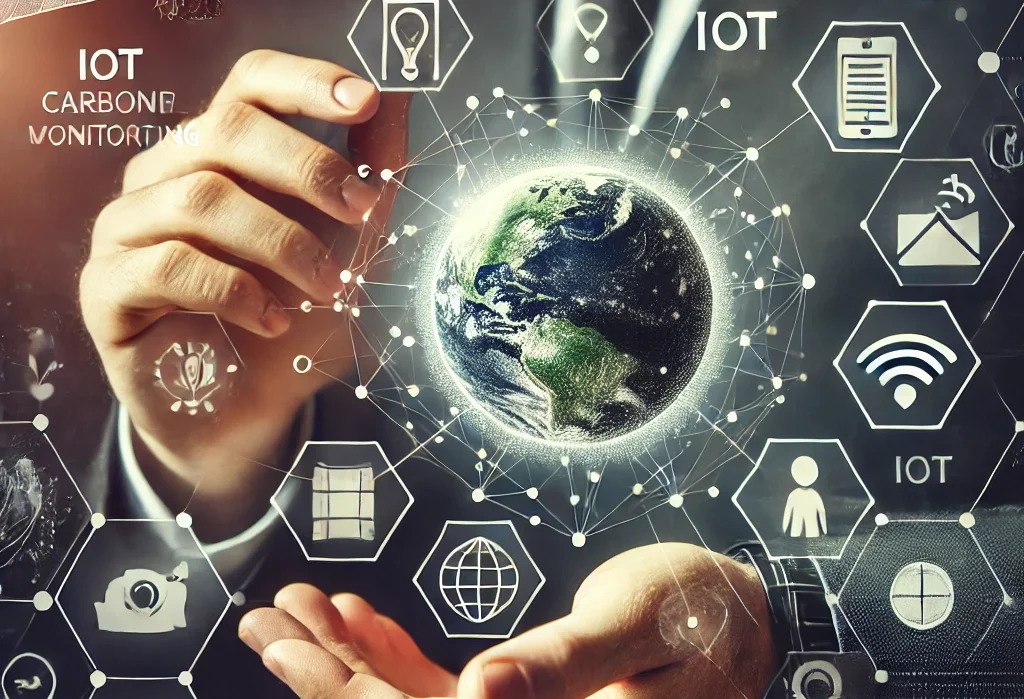
The demand for carbon credits is increasing rapidly as companies around the globe commit to ambitious climate targets. However, the effectiveness of these carbon credits depends entirely on their validity. The accuracy of carbon credit verification is crucial to ensure that these credits represent tangible, measurable, and additional reductions or removals of greenhouse gases. With the increasing complexity of carbon markets and project diversity, technology has become essential for providing accurate and reliable verification. This article explores the technologies transforming the carbon credit verification landscape and how they ensure credibility in carbon markets.
Why Accurate Verification Matters
Carbon credits are essentially a promise—a promise that a certain amount of carbon dioxide or equivalent greenhouse gases has been prevented from entering the atmosphere or removed from it. The system falls apart if these claims cannot be verified confidently, undermining climate efforts and public trust. Accurate verification is fundamental to prevent fraud and greenwashing and ensure that businesses and governments can meet their environmental obligations effectively.
Traditional verification methods, which often rely on manual audits and field visits, are not only time-consuming but can also be error-prone. The technology addresses these shortcomings by making verification more efficient, accurate, and scalable.
Key Technologies Transforming Carbon Credit Verification
1. Remote Sensing and Satellite Monitoring
One of the key technological advancements in carbon credit verification is remote sensing and satellite monitoring. Satellite imagery allows for continuous, large-scale monitoring of land use and forest cover, making it possible to verify reforestation, afforestation, and deforestation projects with much greater accuracy than traditional methods. These technologies help verify that the carbon sequestration promised by a project is actually occurring over time.
For instance, remote sensing can track changes in biomass, soil carbon levels, and vegetation health, providing verifiable data for carbon projects in sectors like forestry and agriculture. This continuous data collection also helps project developers and verifiers detect anomalies that could indicate issues such as illegal logging or unexpected carbon losses, thus maintaining the integrity of the credits.
2. Internet of Things (IoT) Devices
IoT devices are increasingly being used to monitor carbon credit projects in real time. Sensors deployed in forests, agricultural fields, or renewable energy installations can directly measure various parameters like soil carbon levels, methane emissions, or energy output. By collecting data in real time, IoT devices eliminate the need for extensive fieldwork and provide verifiable metrics that are difficult to falsify.
For example, soil sensors can monitor carbon levels in agricultural projects, while sensors installed on renewable energy projects can track actual energy generation. This real-time data feeds directly into verification systems, helping ensure that the generated carbon credits are based on accurate and up-to-date information.
3. Blockchain for Data Transparency
Blockchain technology is pivotal in bringing transparency and immutability to carbon credit verification. Using blockchain, every transaction and piece of data related to a carbon project—from initial measurements to credit issuance—can be securely recorded on a public ledger. This creates an audit trail that is nearly impossible to alter, providing a transparent and tamper-proof record of the project’s lifecycle.
Blockchain ensures that all stakeholders, including buyers, project developers, and verifiers, have access to the same verifiable data, reducing the risk of double counting or fraud. The transparency offered by blockchain can significantly enhance trust in carbon markets, making investors more confident in the credibility of the credits they are purchasing.
4. AI and Machine Learning for Data Analysis
Artificial Intelligence (AI) and Machine Learning (ML) are significant in carbon credit verification. These technologies analyze the vast amounts of data collected from IoT devices, remote sensing, and other sources to detect patterns and anomalies that may not be evident through manual analysis. AI can process complex data sets faster and more accurately than human auditors, improving the verification process’s reliability and efficiency.
For instance, AI algorithms can analyze satellite imagery to identify land use changes that indicate reforestation success or failure. ML models can also predict the carbon sequestration potential of different land areas, providing more accurate estimates for project developers and ensuring that carbon credits issued are based on solid scientific evidence.
The Impact of Technology on Market Integrity
Integrating these technologies into carbon credit verification profoundly impacts the market. Carbon projects can provide verifiable, transparent, and real-time data to stakeholders by leveraging satellite monitoring, IoT, blockchain, and AI. This reduces the likelihood of discrepancies and fraud, ultimately fostering a higher level of trust and participation in carbon markets.
These technologies provide the assurance companies looking to invest in carbon credits need that their investments are making a genuine impact. For project developers, technology helps streamline the verification process, reducing costs and administrative burdens while improving accuracy.
XGCERP: Leading the Technological Revolution in Carbon Credit Verification
XGCERP stands at the forefront of this technological transformation. By integrating blockchain, IoT, AI, and other cutting-edge tools, XGCERP provides project developers, governments, and stakeholders a robust platform for managing carbon credit projects from validation to certification. Our system ensures that every credit issued is backed by transparent, verifiable data that meets the highest standards of integrity.
With XGCERP, project developers can effortlessly monitor activities, verify outcomes, and issue ISO-certified credits, all while providing stakeholders with real-time visibility into project performance. In a market that depends on credibility, XGCERP is leading the way, offering solutions that are not just innovative but also essential to the future of carbon credits.
Discover how XGCERP can empower your carbon credit projects with state-of-the-art verification technology. Contact us today to learn more.
